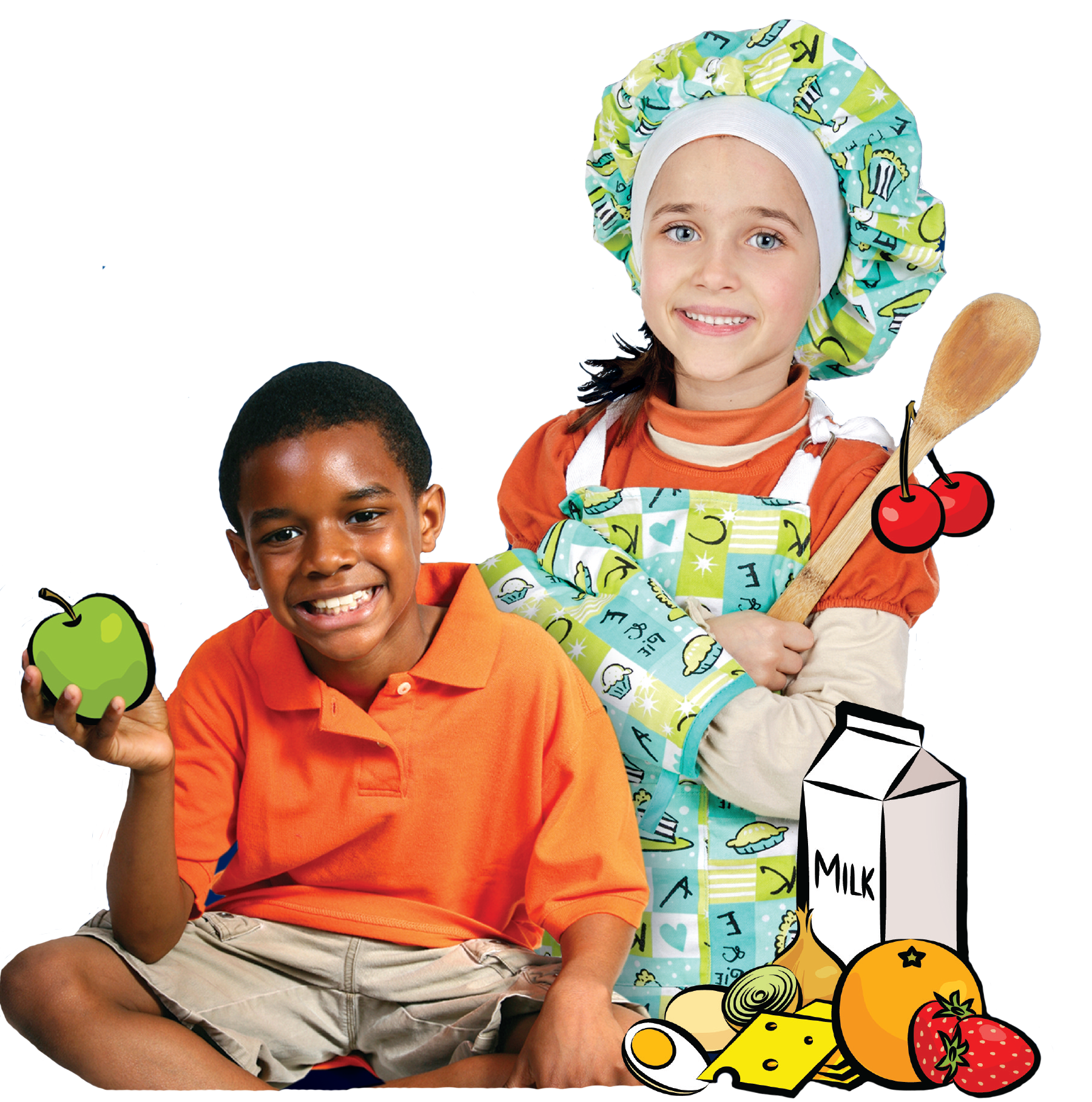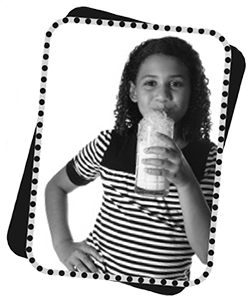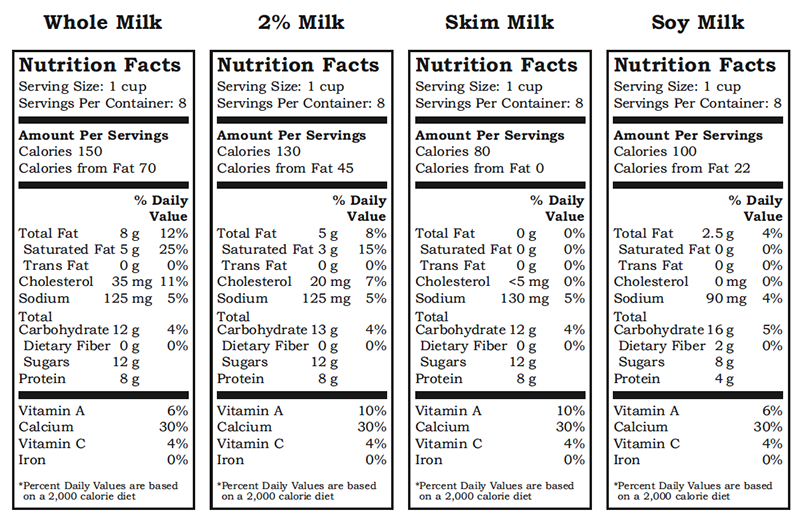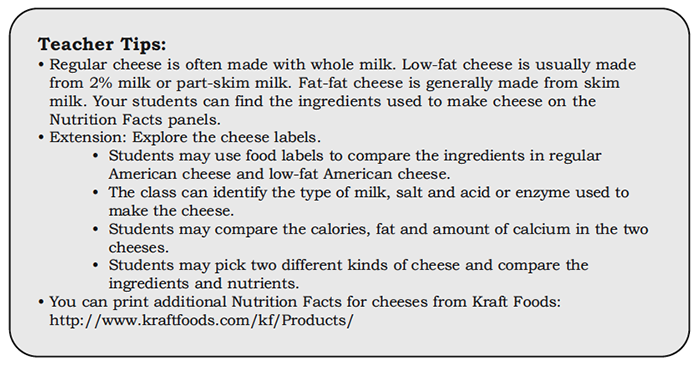Introduction to FoodMASTER:
FoodMASTER (Food, Mathematics and Science Teaching Enhancement Resource) is a compilation of programs aimed at using food as a tool to teach mathematics and science. It is our theory that if food is used as a tool to teach mathematics and science, students will be better prepared to demonstrate and apply mathematic and scientific knowledge. Because students encounter food on a daily basis, they have preexisting contextual experiences preparing them for learning new and relevant mathematics and science material.
Food is conducive to hands-on and virtual, inquiry-based, active learning that uses multiple senses to engage students in the learning process. Utilizing food allows for an interdisciplinary approach to learning concepts and ideas in a variety of scientific subjects like general science, biology, chemistry, microbiology, nutrition and health. Additionally, food labs are a dynamic way to teach mathematics concepts such as numbers and operations, algebra, geometry, measurement and problem solving.
The knowledge and skill development that can be inspired by the FoodMASTER approach is limitless. Proper use of measurement tools, data collection and interpretation, application and generalization, classification and organization, graphing and comparative analysis, understanding chemical changes, observing functions of ingredients and controlling variables, pricing, critical thinking, self-directing learning, and team building are only a few of the potential knowledge and skill development areas for intermediate grade students experiencing FoodMASTER’s scientific inquiry labs.
Additional FoodMASTER lessons can be found to cover health and nutrition topics such as:
Background for this Lesson:
Milk, cheese, yogurt and ice cream are all part of the dairy group. Drinking milk helps build strong bones! Kids, ages 2 to 8, need to eat or drink 2 cups from the dairy group a day. Older kids need 3 cups from the dairy group every day. Sadly, most Americans do not drink or eat enough foods from the dairy group. In this chapter, your students will taste test milks, learn how to read food labels and make cheese.
In this lesson, students will:
- locate calories, fat and calcium on food labels;
- communicate how the four milks are different and use food labels to complete a table to draw reasonable conclusions;
- select appropriate measurement tools for measuring temperature and volume;
- practice measurement skills using appropriate units for temperature and volume;
- explain curds and whey to family/friends; and
- make a prediction and complete a bar graph.




